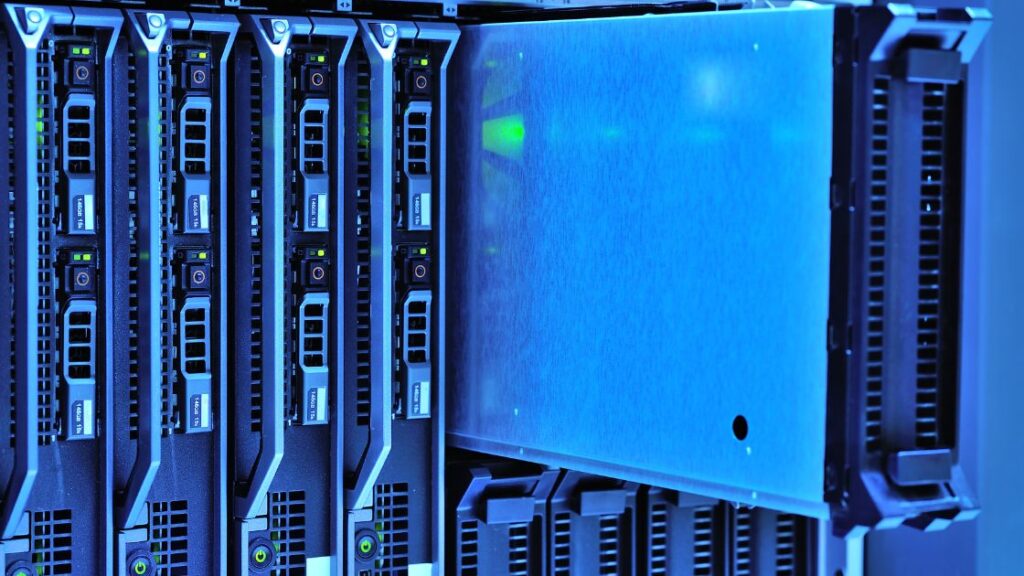Advertisements
I’ll admit it—I used to think that cloud computing was the final frontier in tech. Everything important seemed to live up there in the cloud. But then I stumbled onto a concept that completely changed the way I understand the future of smart devices: edge computing. It didn’t just blow my mind; it opened up a whole new world of possibilities.
Whether you’re a traveler, a tech enthusiast, or simply someone who relies on smart gadgets daily, edge computing is something you need to understand—because it’s already shaping your world, whether you realize it or not.

What Is Edge Computing? Why You Should Care
Let’s break it down. Edge computing is the practice of processing data closer to where it’s generated—literally at the “edge” of the network. Instead of sending all your data to a faraway server for analysis and storage, edge computing brings the power of the cloud to your local device.
That might sound like a subtle difference, but it changes everything. It’s the reason why your smart speaker responds faster, your fitness tracker gives real-time health stats, and your navigation app reroutes instantly.
I found this incredibly useful on the road, especially during remote trips when internet access wasn’t reliable. My devices didn’t freeze up waiting for the cloud—they handled things right there, on the spot.
How Edge Computing Works in the Real World
Here’s a real example: I was driving through rural Argentina using a navigation system with edge capabilities. Despite spotty reception, the device recalculated my route without lag. Why? Because it didn’t need to send data to a remote server first. It did the thinking on its own.
This experience opened my eyes to the everyday usefulness of edge computing. From smart watches and home security systems to autonomous vehicles and voice assistants, this technology keeps things responsive, fast, and reliable.
And yes, it’s not just for techies—it’s practical, even for those of us who just want things to work smoothly without glitches.
Why Edge Computing Matters More Than Ever
In today’s world, we create more data than ever. Every photo, voice command, GPS pin, or biometric reading contributes to a flood of information. Edge computing helps manage this data tsunami more efficiently by processing it closer to its source.
This isn’t just about speed; it’s about privacy and security too. I’ve felt far more confident knowing that my data isn’t traveling across a network just to be analyzed. With edge computing, much of it stays right where it’s created.
This shift can be a game-changer for travelers and remote workers, too. When you’re out exploring new places, you don’t want to rely on constant internet access. Edge-powered devices let you stay connected, even when your Wi-Fi doesn’t.
The Smart Devices That Already Use Edge Computing
Here’s where things get really exciting. Edge computing is no longer a “future” concept. It’s already powering a wide range of smart devices:
- Smartphones: Face ID, voice recognition, and image enhancements often happen right on your phone.
- Wearables: Fitness trackers and smartwatches process health data instantly to alert you of abnormalities.
- Smart Home Devices: Thermostats, cameras, and lighting systems now respond quicker thanks to edge tech.
- Automobiles: Cars use edge processing for navigation, sensors, and even collision detection.
I’ve seen the difference firsthand. During one of my trips, a smart doorbell I installed at home notified me of motion and shared video—even though I had a weak connection. The processing happened locally, so it never missed a beat.
What’s Next for Edge Computing?
Looking ahead, I believe edge computing will only grow more influential. As 5G expands and devices become even more capable, we’ll see smarter cities, more autonomous vehicles, and improved telemedicine. For travelers like me, that means more reliable connectivity and safer experiences.
Moreover, edge computing makes AI more powerful. Imagine traveling with a language translation device that doesn’t rely on cloud access—it translates instantly, thanks to onboard edge AI.

Why You Should Pay Attention
Edge computing isn’t just a tech trend; it’s a foundational shift in how we interact with our devices. It’s faster, safer, and more adaptable to real-life conditions—especially when you’re on the move.
As someone who loves both travel and technology, I’ve learned that edge computing isn’t something you wait for—it’s something you benefit from now. So next time your smart device seems to “just work,” remember: it’s probably edge computing doing the heavy lifting.
Stay tuned to Tech Digest as we continue exploring the cutting edge of technology, one journey at a time.




[…] and if you found this helpful, stay tuned to Tech Digest. I’ll keep sharing honest looks into how technology is shaping our world—for better or […]
[…] let’s talk about something that blew my mind recently: edge computing. Instead of sending all data to a centralized cloud server, edge computing processes data near the […]